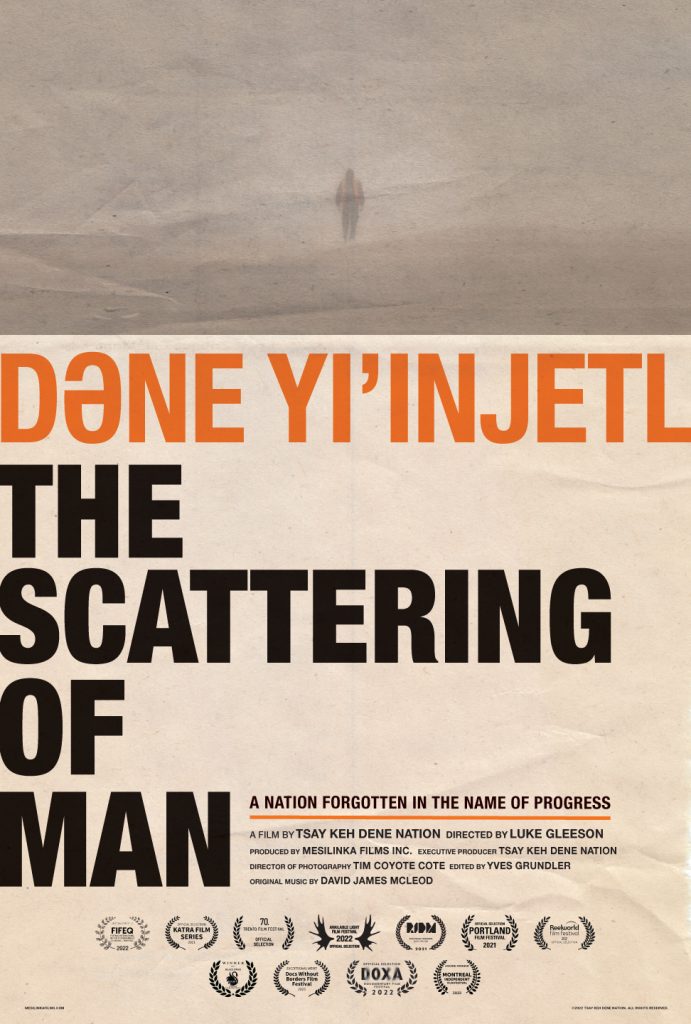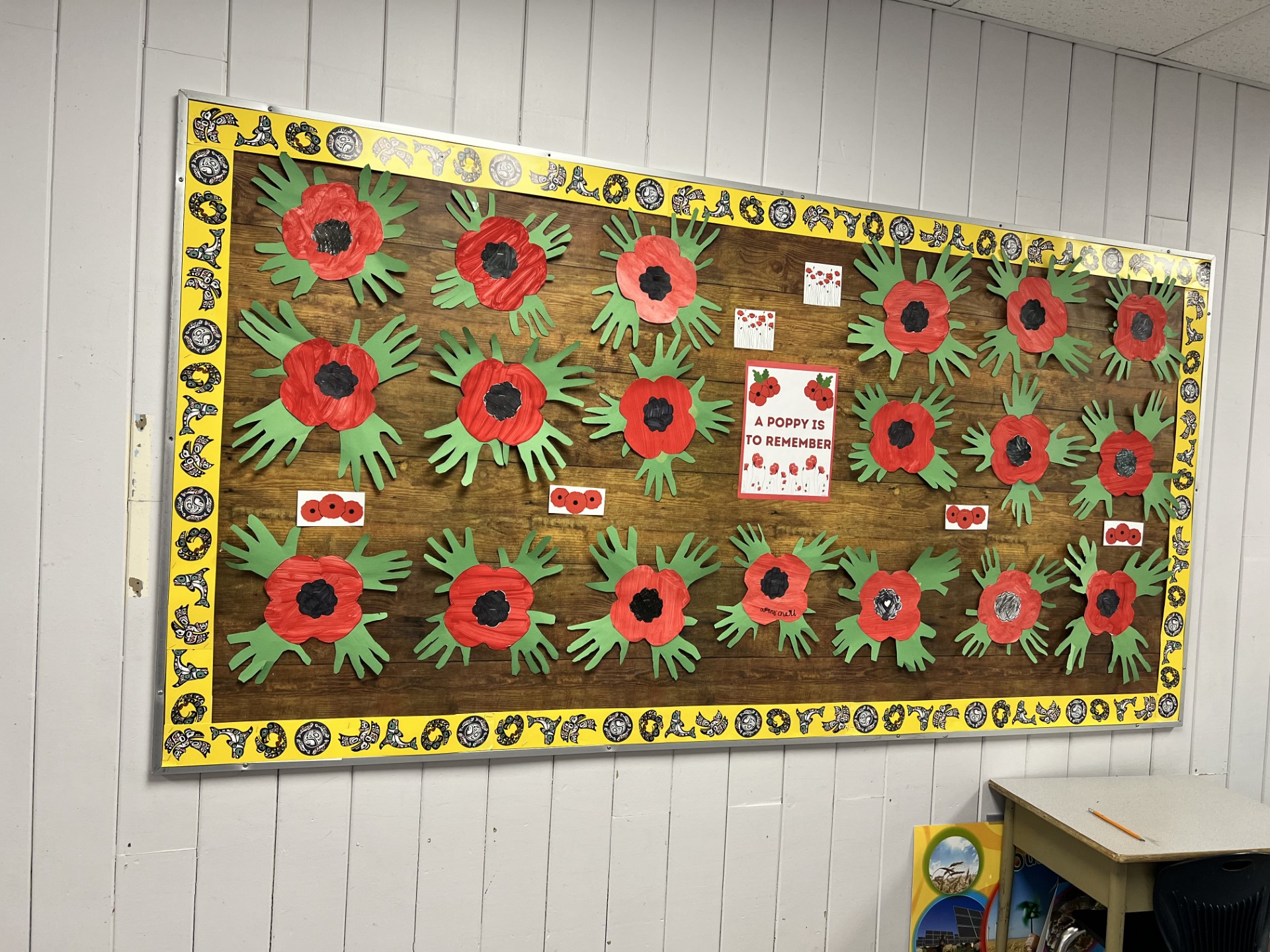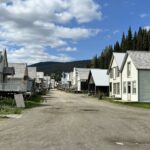On October 27th, the Elementary cohort forwent our usual class time and instead went to a public screening of The Scattering of Man documentary. This documentary tells the story of the involuntary displacement of the Tsay Kay Dene people and the knowledge, cultural, language, and traditional way of life and loss that occurred as a result of the construction of the W.A.C. Bennet Dam that finished in 1968. Before the film started, a drum prayer was conducted. As this was happening, I could feel a sort of tension and solemnity in the air; I think everyone in that room knew that what we were about to witness was going to make us all feel very sad, upset, and even a little angry, especially because the people that this dam had and continues to effect were sitting right there in the room with us. As the film started, I learnt that the dam was shown to be a good thing to the public trough the use of news stories that were propagandistic in nature. Bennet Dam, named after the Premier that was heading the construction process, gained a lot of publicity due to its prosperity, but nothing was being said about the displacement of the Tsay Kay Dene people. Very few people knew about what was going on behind the scenes and that Indian Affairs came to tell the people to leave their homes because they would be flooded, animals and people were drowning as they were trying to get away from the water in time, the Tsay Kay Dene people didn’t fully understand what was happening but still had to try to find a way to comfort their children, bones and caskets were washing up on the shore because BC Hydro didn’t fulfill its promise to remove the graves before the flood, people were leaving on Friday to come back to their parents drowned on Sunday, and so much more. Watching the long-term health issues due to blowing dust, the poverty, despair, and alcoholism faced by those who chose to stay and live in shacks with 80 people, and the loss of the people’s traditional way of life and culture and how they are scrambling to try and get it all back now play out live on a screen was very hard for me to witness. Like the Blanket Exercise, this film is an experiential learning component that will make it so that I will never forget what happened to the Tsay Kay Dene people.
After the film was over, some of my classmates chose to leave right away but some stayed to bear witness to the question and answer period. I was very happy I did because during this time, an Elder stood up and explained how for him, reconciliation will never be something that can be reached. He believes the events of the past were and still are so atrocious, violent, and detrimental to the Indigenous Peoples that they can never be forgiven. He also believes that there has been enough talk from the Canadian Government and other organizations and people and that it is about taking action now because nothing will ever change until action occurs. What this made me realize is that everyone’s definition of what it truly means to work towards reconciliation is going to be different. Some believe it is achievable and some don’t, but the main thing that we as educators and as a community as a whole can do is continue to take action, to stand up for Indigenous Peoples, to make sure their ways of knowing and being are embedded into classrooms and communities in the most authentic way possible, and to never forget the events of the past. I am very grateful for this opportunity I had with my cohort and I know it’s something I won’t soon forget.







